 The DOX Museum Terrace
The DOX Museum Terrace
There is a fairly new contemporary art museum called
DOX in Prague that opened within the last year. The museum has excellent marketing because I saw it's inaugural exhibit advertised everywhere. Or maybe it was just the arresting nature of the exhibit title that I noticed: "Welcome to Capitalism!"
What a European idea to have an art exhibit devoted to capitalism. To an American, it's as if someone proposed an art display devoted to breathing. Up until the financial crisis, it's not something one actually thought about - capitalism. It just is. Didn't the Cold War prove that?
 Alan Greenspan
Alan Greenspan -
at least the main icon of capitalism is still American
What do I know? With even 82-year-old Alan Greenspan revising his lifelong assumptions about the markets, and conservative Republicans of the last administration proposing socialist bailouts of the means of production, the relevance of such an exhibit has never been greater.
 "The Sediment"
"The Sediment"
'The Sediment' by Matej Kren hit me first in the gallery. His art is composed of layers and layers of books. I loved his representation of ideas as geology. To me, it was an alternative view of a library, with humanity depositing deeper and deeper knowledge with each generation. Where are the fault lines in this sedimentary material like there are in real geology? Spots where ideas have been stopped cold, hidden, destroyed or redirected? That's happening in places without capitalism today. This exhibit was created long before the financial crisis but the crisis sure showed that capitalism has plenty of fault lines of it's own.

 CEOS of Mercedes-Benz and Apple, Inc.
CEOS of Mercedes-Benz and Apple, Inc.
There are multiple artists in the exhibit but the majority of works come from Spanish artist, Jose-Marie Canos. Mr. Canos proved canny in his selection of subjects. No slouch when it comes to capitalism himself, his subjects probably represent some of the biggest global art budgets with egos to match.
Hundreds of years ago, architects used to build their masterpieces for bishops or royalty. Now they create their magic for this century's deepest pockets - global corporations. Mr. Canos' art portrays the 21st century's version of royalty: corporate titans.
Could there be a greater status symbol to a global CEO than selection as one of the pen and ink drawing in the
Wall Street Journal? You could almost feel each portrait subject preening in the room, comparing who is represented among the Wall Street 100 and who is not.
I imagine these portraits go quickly on an individual basis, but there is great power to their collection in one place. In art, these symbols of capitalism are on the bottom floor of DOX where they are most accessible to everyone. In life, these are the success symbols of capitalism we see on a daily basis. Isn't that what our media holds up to society the most, the successes? Again this exhibit was created before the crisis when it was much harder to see the failures or victims of capitalism.

Mr. Canos conveys the anxiety by those who aren't necessarily the successes. If American media symbols are well represented through his
Wall Street Journal 100, British media messages are enshrined in art created using the peach pages of the
London Financial Times.
In the tower of the new building, Mr. Canos shows a seedier type of financial transaction, much less likely to be seen in life as in this exhibit layout. I chose not to show a photo of them here. The paintings reproduced Spanish-language advertisements for prostitutes.
Seeing these ads made me mad, because I couldn't see their relevance to the subject. Why were they in another language when everything else was English? How were these ads relevant to the exhibit? I wanted the artist to do more of the other end of the spectrum in capitalism. The people who are capitalism's victims. If downstairs were the global CEOs, where were the people losing their homes? Or without access to opportunity? Or education? Wait a minute -- there they were. Hidden. Not glamorous. A commodity. Devalued. And likelier than not, not residing in the English-speaking world.
DOX is a beautiful contemporary art museum with a very hip gift shop and cafe. If you live in Prague and haven't been yet, I highly recommend a visit. The "Welcome to Capitalism" exhibit came right before the financial crisis hit. It will be interesting to see if the curators continue to bring in such prescient thought-provoking shows. Bravo on the inaugural show!
 These cubist tea set designs were created by
These cubist tea set designs were created by Vlatislav Hofman designed
Vlatislav Hofman designed One way Futurista exceeded my expectations
One way Futurista exceeded my expectations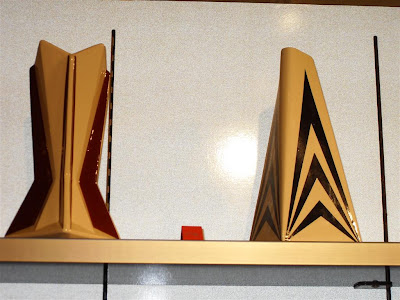 What flowers would you arrange
What flowers would you arrange In addition to his own Czech design heritage,
In addition to his own Czech design heritage, The building that houses Futurista
The building that houses Futurista I didn't understand the point
I didn't understand the point David said this sort of plastic office desk
David said this sort of plastic office desk

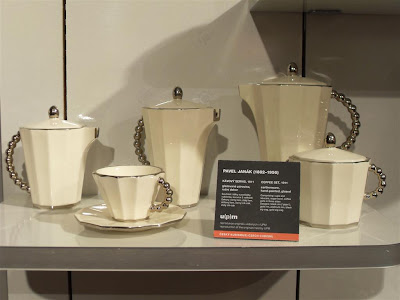





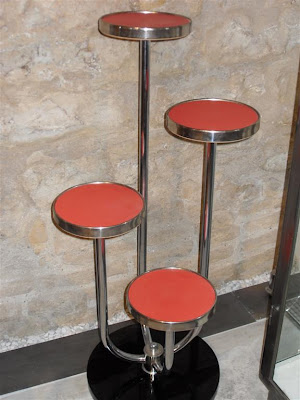


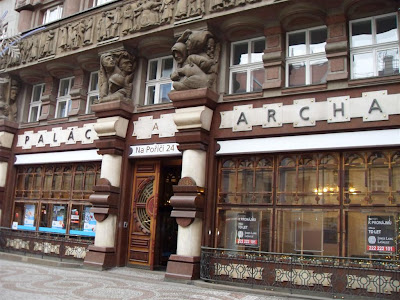
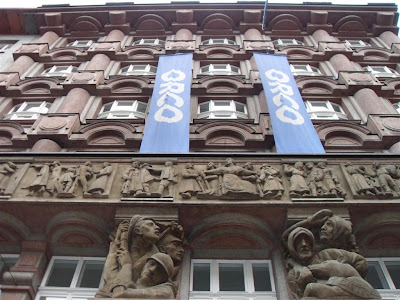






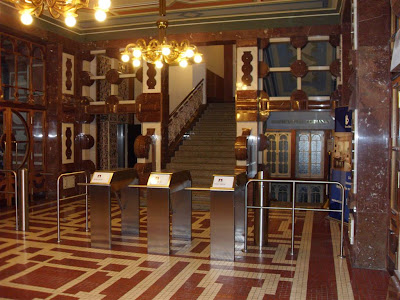










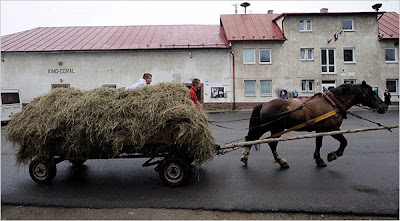

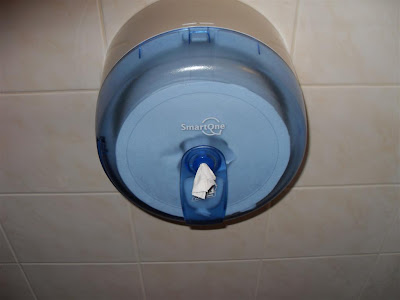























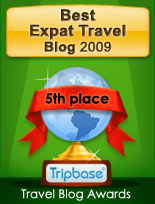
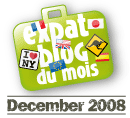





 Who links to me?
Who links to me?
